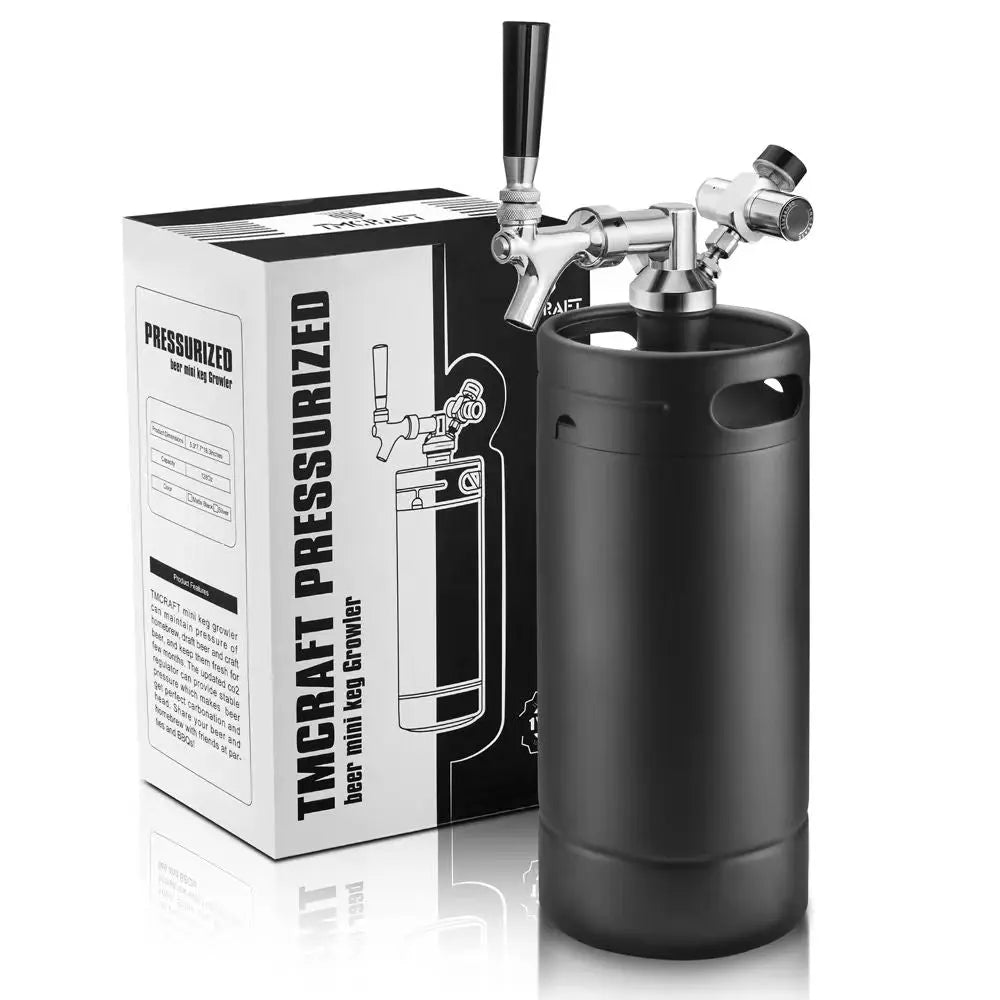-
TMCRAFT Beer Keg Dual Gauge CO2 Regulator
Regular price $39.99 USDRegular priceUnit price / per -
TMCRAFT Beer Keg Triple Gauge CO2 Regulator
Regular price $79.99 USDRegular priceUnit price / per
Collection: Beer Keg Regulator
How does a beer regulator work?
1. Connection: The regulator is typically attached to a CO2 tank using a threaded connection. The tank contains pressurized CO2 gas, which is used to carbonate and dispense the beer.
2. Pressure adjustment: The regulator has a pressure adjustment knob or dial that allows you to set the desired pressure level. This knob is usually located on the front of the regulator.
3. Pressure gauge: The regulator has a pressure gauge that displays the current pressure inside the keg or system. This gauge helps you monitor and adjust the pressure as needed.
4. Diaphragm and spring: Inside the regulator, there is a diaphragm and a spring. The diaphragm acts as a barrier between the high-pressure CO2 gas from the tank and the lower pressure inside the keg.
5. Pressure reduction: When you adjust the pressure knob, it compresses or releases the spring tension, which in turn adjusts the tension on the diaphragm. This controls the flow of CO2 from the tank into the keg.
6. Balancing pressure: The regulator maintains a constant pressure inside the keg by balancing the pressure exerted by the CO2 gas with the pressure exerted by the beer. This balance ensures that the beer remains properly carbonated and dispenses smoothly.
7. Safety features: Regulators often include safety features such as a pressure relief valve, which releases excess pressure if it exceeds a certain level. This helps prevent over-pressurization and potential damage to the keg or system.
By using a beer regulator, you can precisely control the carbonation level and dispense pressure of the beer, ensuring a consistent and enjoyable drinking experience.



